How children can learn better with video games
2024-05-29When you hear "game-based learning", what do you think of?
If you picture kids learning to type in class, or children learning to spell on their iPads at home, you might be surprised. Game-based learning has a longer history then you think!

Game-based learning vs. Educational Games
The distinction needs to be made between “educational gaming” - that is, games made specifically for educational purposes - which is in fact a relatively new concept that dates back to 50 years or so, and game-based learning (GBL).
Game-based learning, also known as play-based learning, is defined as “the use of play and games in educational contexts”. The history stretches back to the BC era. In fact, it's older than the invention of dice in games!
The History
Game-based learning can be traced all the way back to Ancient Greece, with both Aristotle and Plato presenting play as beneficial tool for education, albeit in varying ways. Aristotle’s view was more instrumental, seeing play as a form of relaxation that ultimately allows for better learning, while Plato viewed it as a first step towards acquiring true knowledge.
Mancala, an African board game that may trace back to 5000 BCE and is still played today, can be used to teach mathematical thinking. Similarly, the game of Chess and its many delightful variants such as Xiangqi and Shogi, has been used for thousands of years to train strategic and tactical thinking.
There are several examples of how games were used to educate princes, military officers and politicians. For instance, legend has it that a Chinese emperor used Go as a tool to teach his son discipline and concentration.
The Renaissance saw educators bringing back the idea of games playing a role in education. In the 17th century, educator John Amos Comemius presented his revolutionary systemic theories of education, in which games were viewed as the ideal form of learning. The Czech philosopher was a strong believer and champion of “the art of turning all our schools into games”. His contribution to education are still present to this day, earning him the title of Father of Modern Didactics.
In the 1900s, play and games was introduced as a pedagogical approach by John Dewey, Jean Piaget, and Lev Vygotsky, among others. Piaget, for example, studied the importance of play to children and theorized how play permitted children to develop the psychochologial functions necessary for higher-level cognition.
Later in the 1970s and 1980s, Mark Lepper and Thomas Malone presented their separate analyses of why computer games are engaging and stimulate intrinsic motivation. Their common findings of games stimulating intrinsic motivation was later conceptualised as the taxonomy of intrinsic motivation. Intrinsic motivation is the doing of an activity for its inherent satisfaction, as opposed to external factors or consequences. In other words, it’s doing something because it’s fun and we want to do it; not for a potential reward or to avoid a punishment.
This brings us to the 21st century, where educational games have grown to become their own subset of video games, spanning across many genres and topics. Some early successes were Oregon Trail and Simcity.
More recent research has moved from proving games’ educational potential to defining the best educational models for game-based learning.
Conclusion
Game-based learning has existed for a very long time, but as evolved quite a bit.
Modern technology empowers more sophisticated creations involving simulation, immersive control, and sophisticated visual and auditory feedback. In parallel, game design has also evolved as well, allowing us to create interesting and varied challenges that fit educational goals. These days, the question is no longer "are games a good way to learn?", but rather "what is the best game-based approach to learning this subject?"
At Play Curious, we love thinking though the what game designs work the best to teach a given subject. Feel free to reach out with any questions you have!




